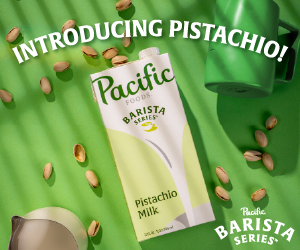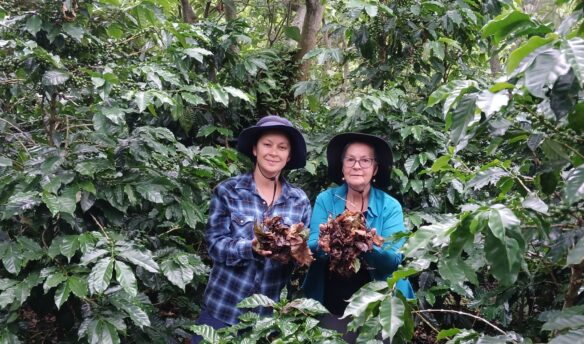By now, you’ve probably seen coffees that utilize intriguing processing methods outside more conventional techniques like washed and natural methods—think coffees with names like “strawberry processed” or “thermal shock.” Often, these processing methods get lumped together under the term “experimental processing.”
Experimentally processed coffees have fully embedded themselves into the specialty coffee world: Sprudge reports that 80% of the coffees used during the 2024 United States Barista Championships “underwent some sort of anaerobic fermentation process,” and Colombia especially “has been on the forefront of experimental processing for years now.” Many specialty shops have some sort of experimentally processed coffee on their menu, sometimes priced higher than the rest of their coffee offerings.
But what does experimental processing mean, and who determines the names you see on a bag of coffee beans? Experimental processing often requires farmers to change or reassess how they process their coffee, and with all the attention being paid to these processes on the consumer end, we might be missing just how potentially risky—and yet potentially powerful—processing can be.
The Big Incentive
Rodrigo Sanchez runs a farm called Finca Monteblanco in Colombia. He produces a range of fruit-infused, extended-fermentation coffees with lot names like “Coconut Lemonade” and “Passionfruit.” These coffees involve fermenting beans in cherry or parchment with fruit for over 180 hours.
For him, the choice to focus on these intensive fermentation methods came from his admiration of wine processing. “Managing to adapt that theory [of wine] in my coffees allowed me to [overcome] standards that failed to recognize the true talent that each of these beans holds,” he says.

For others, the incentive to invest in experimentally processed coffees is clear: they garner a lot of attention and potentially a lot of money. Along with experimentally processed coffees dominating the barista competition stage, they also reign supreme in other competitions. The Cup of Excellence (COE), a coffee quality competition held in many coffee-producing countries, has seen more farmers enter coffees with experimental processing methods.
These new processing methods have become so popular that the COE added an ‘experimental’ category in 2023. The category was tested during Brazil’s COE competition, and coffees were separated into categories based on processing (wet, dry, and experimental). The winning experimental coffee, from Fazenda Rio Verde, was sold at auction for $50.50 per pound.
For Luiz Saldahna, the decision to start producing experimental coffees was practical. In 2004, he and his wife, Flavia, purchased a farm called Finca California in Paraná, Brazil. However, Saldahna found that the area, while extremely fertile, experienced heavy rains during much of the harvest period.
“[It] doesn’t match with the concept of coffee from Brazil where the majority of areas have six months of drought,” he said. “That’s why Brazil is known for naturally-processed coffee.”
While most Brazilian coffee-growing regions have long periods of dry weather that allow farmers to dry coffee cherries in the sun, wet weather in Paraná during harvest season means a higher chance of defects like mold and phenol. At Finca California, leaving cherry out to dry was too risky, and the Saldahnas needed a better way to process their coffee.
Saldahna began traveling to other coffee-producing countries in Central and South America, learning from farmers in Honduras and Guatemala who also had to adapt their processing methods to deal with rainy weather during harvest. These trips introduced Saldahna to new and innovative processing methods he’d eventually use and adjust for his farm.
“During a trip to Honduras, I visited a cooperative doing a double fermentation process with…a dry fermentation to grow microbes and then a wet phase to… slow down fermentation. I thought that was brilliant and I attempted the protocol on our farm and called it a double fermentation process.” The first step of his double fermentation method meant that Saldanha could more easily dry his coffee with fewer risks of defect, while the extended fermentation helped him create and express new flavor characteristics in the coffee.

For Saldahna, the results helped him reach a new market. He entered his first double fermentation lot into a local cupping competition and placed first. In 2012, he exported his first coffee, processed using the double fermentation method he developed, to a US-based roaster.
Now, Saldahna continuously experiments with processing. He comes up with names for these techniques based on a mix of trying to summarize what’s happening in the processing tank and personal narrative. He finds that these unique names also add value to the beans.
For instance, he has a coffee called “Cold Soul,” processed using colder water temperatures and low-oxygen conditions. The name is an homage to his daughter, who loves the Disney movie Frozen, and encapsulates “all the soul I placed in this coffee.”
“The market loved it,” he says. Roasters often keep the names he comes up with and market them on their bags.
Beyond Experimental
While they’ve both benefited from experimental processing, Saldahna and Sanchez caution that investing in unfamiliar methods is risky.
“It is important to have knowledge of what is being done,” says Sanchez, noting that fermentation utilizes live microbes to impact coffee and is thus fundamentally untameable. “I say that there is no [such thing as] controlled fermentation.”
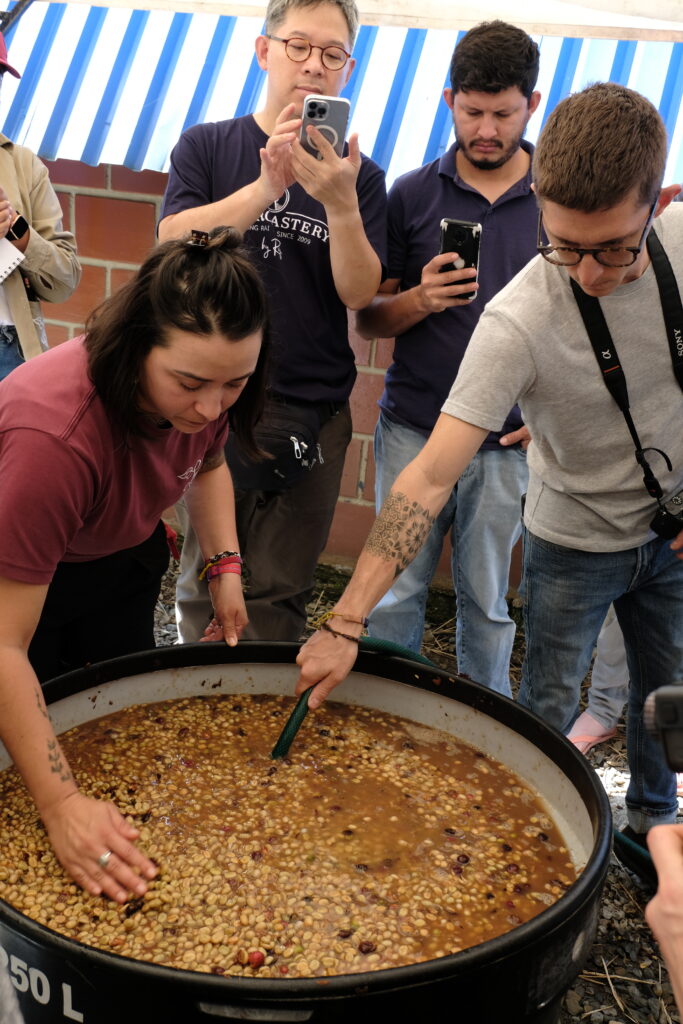
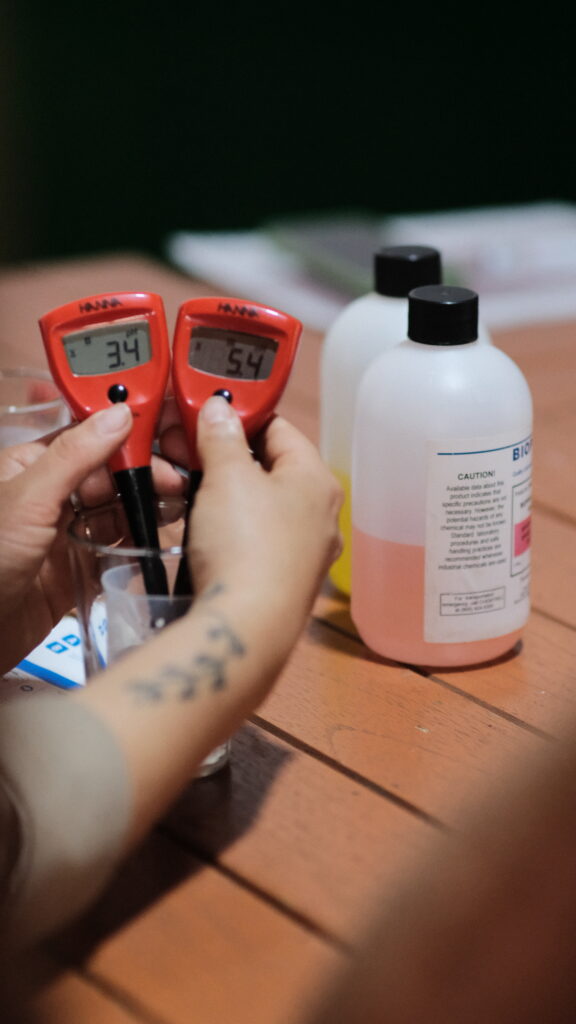
“Do not risk your income,” says Saldanha. “It’s gambling, and as coffee farmers, we cannot gamble; we have a lot of risk to manage.” For those intent on trying experimental fermentation, he says to “start on the small scale and offer [that] to the market to test the idea. And then only scale up the things that work and you will find a market for.”
However, perhaps concentrating on the “experimental” part of processing is focusing too narrowly on the potential of fermentation—getting back to basics can also yield powerful results. Lucia Solis is a coffee processing specialist who uses her microbiology experience to support coffee producers with simple, practical fermentation techniques that can improve their coffee.
Solis runs a series of Fermentation Training Camps that focus on practical fermentation methods. She believes that the current focus on experimental processing highlights a fundamental fault in the coffee industry—we’re still not paying farmers enough. “By talking about processing, it obscures the issue that we haven’t been paying fair prices since the beginning,” she says. It gives us a cover that now we’re willing to pay more. But now producers have to do even more.”
Saldahna agrees that these lots require producers to do more work and provide more information to roasters. “It’s not just about the flavor; it’s about adding flavor and value to the whole construct,” he says.
For Solis, sound coffee processing doesn’t have to be complicated or risky. The most significant value she feels she can add is helping producers understand the fundamentals of processing. By demystifying fermentation, “my hope is that they come away questioning [experimental processing],” she says, “and that [they know that great processing] isn’t that hard.”
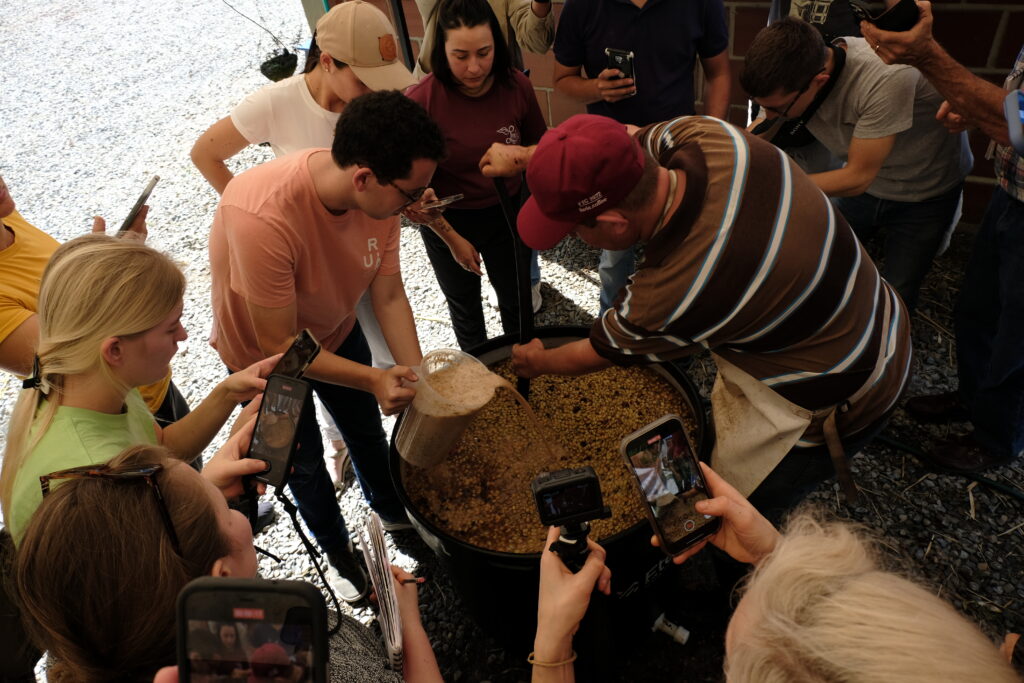
For example, she teaches producers how to use microbes to shorten fermentation times. “Because [long fermentation times] can impact the producer’s bottom line. If you have to wait 100 hours [for fermentation], you can’t produce that much coffee.” Additionally, longer fermentation means more considerable risks. “There’s many more things that can go wrong in that time. Having this very long processing can be damaging to the structure of the bean.”
While experimental processing methods are exciting and can offer farmers an opportunity to increase their income, they shouldn’t be the only tool in a producer’s toolkit. Solis’ techniques show that fermentation doesn’t need to be experimental—or have a new name—to increase quality and provide value.
Cover photo courtesy of Luiz Saldahna









